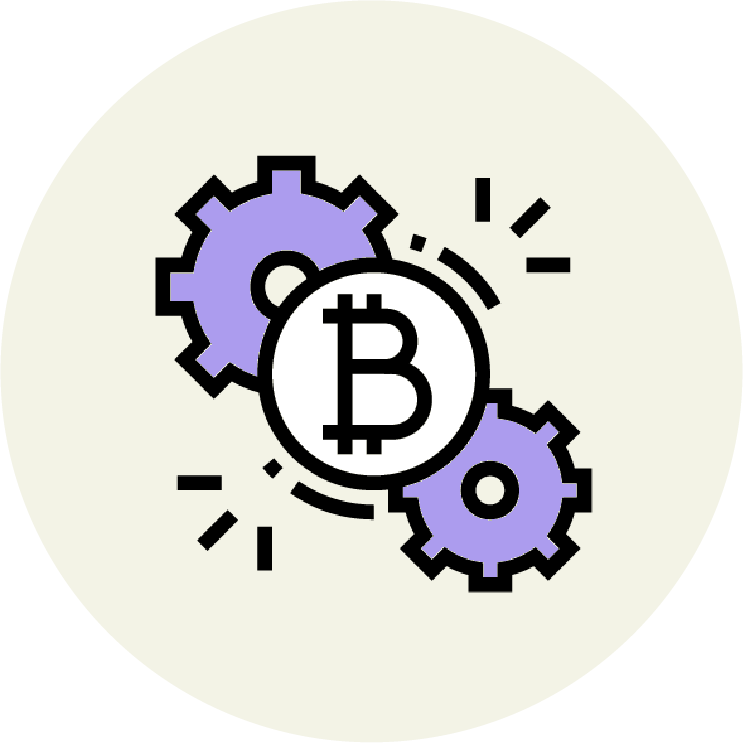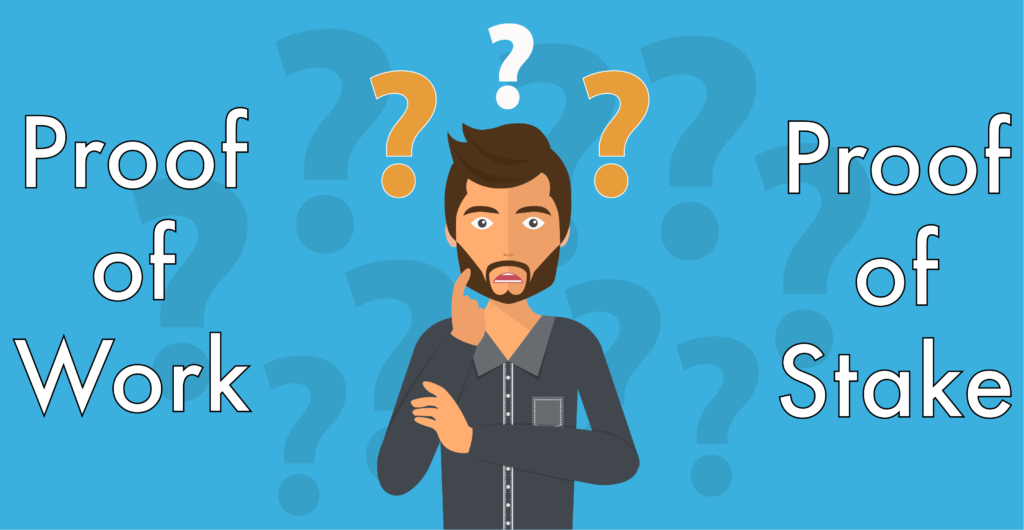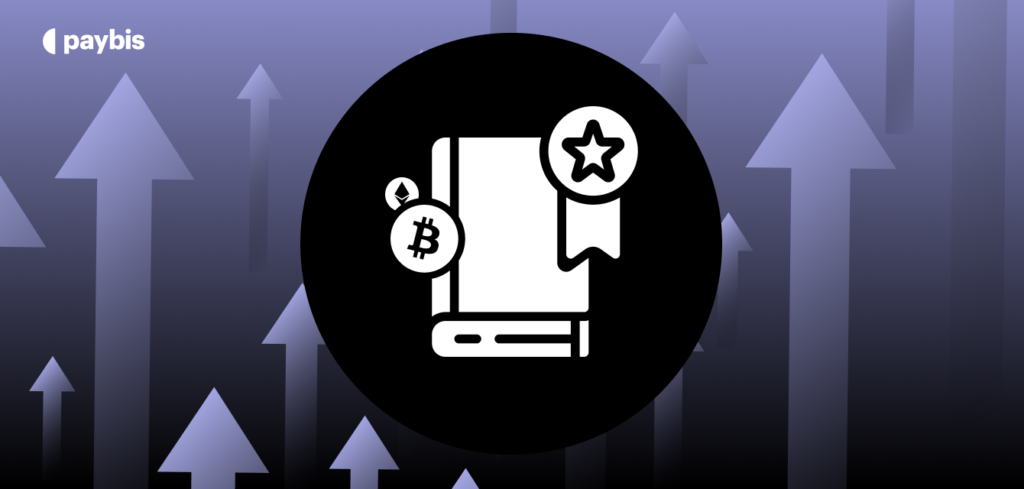Distributed Ledger
A distributed ledger is a database held and updated independently by each participant (or node) in a large network.
The term “distributed ledger” is often heard when talking about blockchain technology. But what exactly does it stand for and what can we learn from it?
What is a distributed ledger?
A distributed ledger is a database held and updated independently by each participant (or node) in a large network.
In the context of cryptocurrency, this distributed ledger is also known as the blockchain. The participants of the Bitcoin network (also known as nodes) download a copy of the ledger on their device and confirm transactions independently to reach a common conclusion. This common conclusion is more commonly known as consensus.
Once consensus is reached, the blockchain updates automatically, and all participating nodes (computers of Bitcoin miners) maintain the same copy of the ledger.
This system revolutionizes record keeping, creating many new opportunities for a more decentralized world.
How were distributed ledgers used in the past?
It may come to no surprise that its ledgers were always controlled by third parties and, thus, never decentralized and distributed across different nodes.
The digitization of ledgers started in the 1980s, with the rise of personal computers in office environments. By 1990, the vast majority of ledgers were digital in nature, eliminating bulky paperwork and making updates a lot easier than before.
Before the digitization of paper records, however, updating ledger was a very time-consuming job and often done through manual data entry.
Disclaimer: Don’t invest unless you’re prepared to lose all the money you invest. This is a high‑risk investment and you should not expect to be protected if something goes wrong. Take 2 mins to learn more at: https://go.payb.is/FCA-Info


